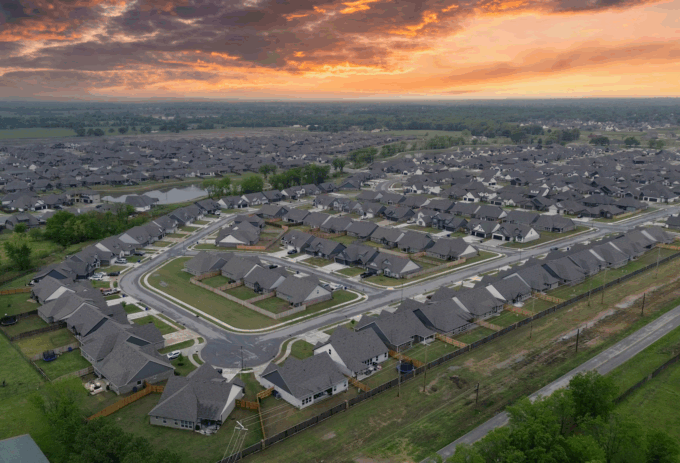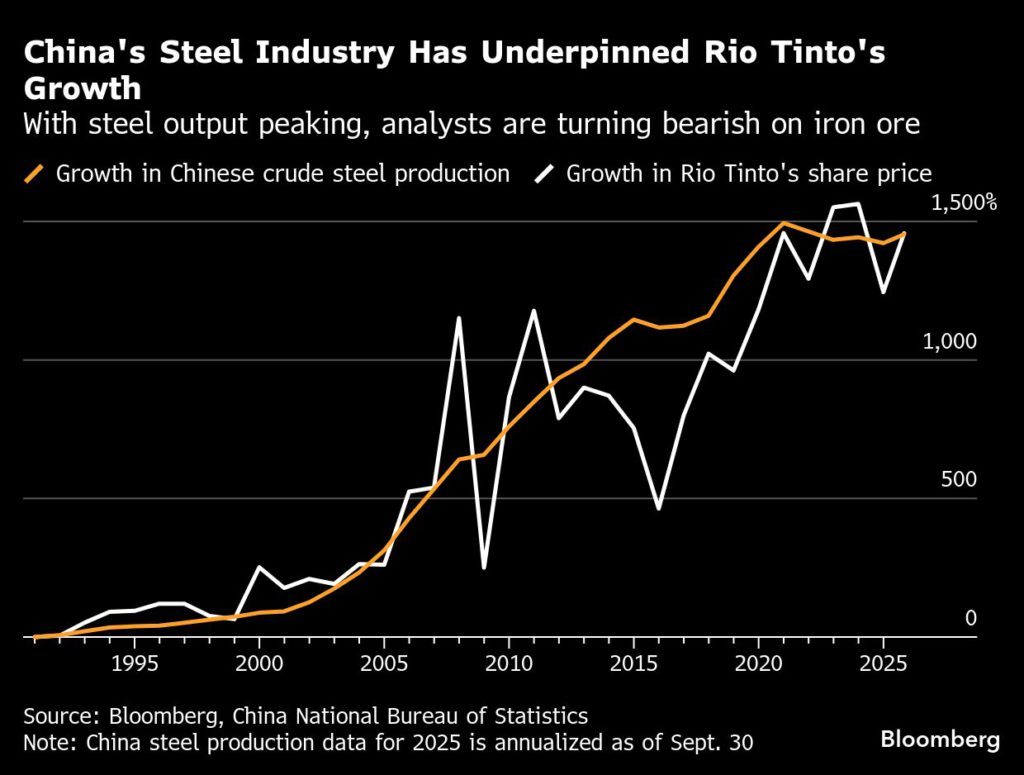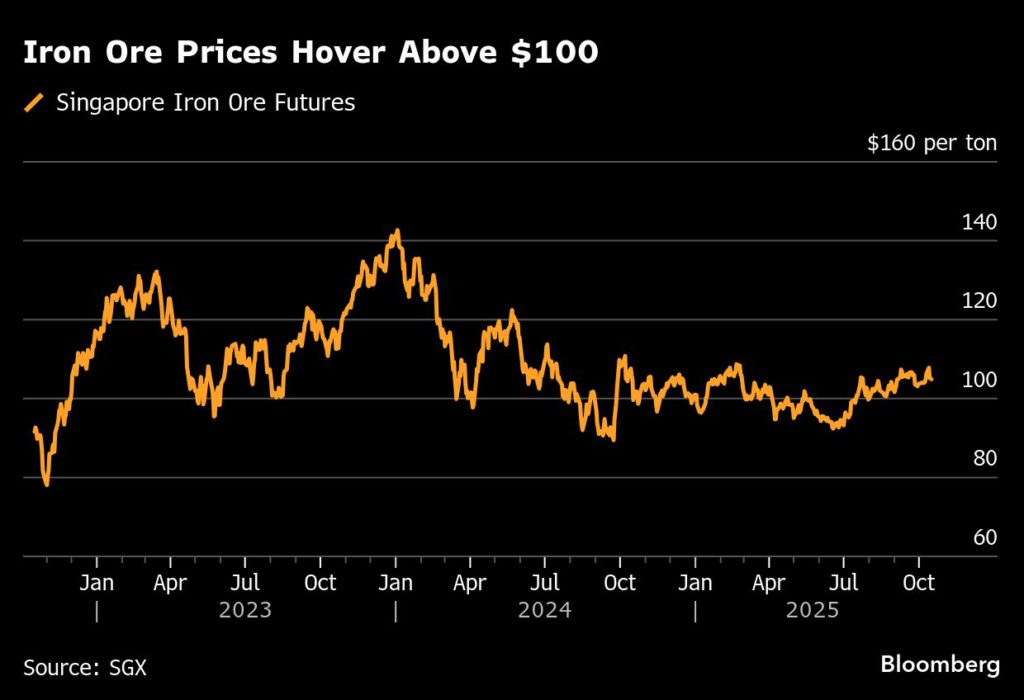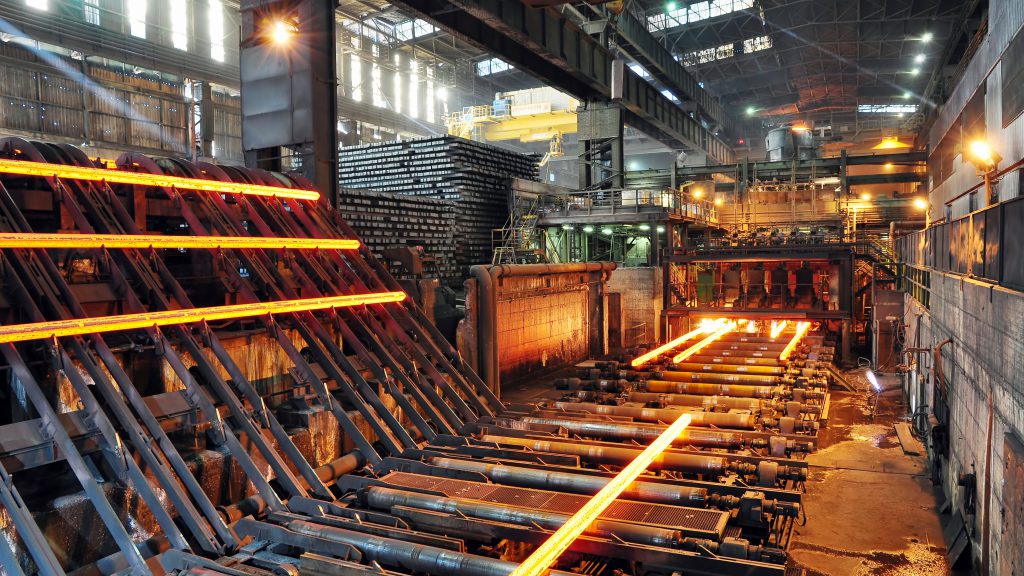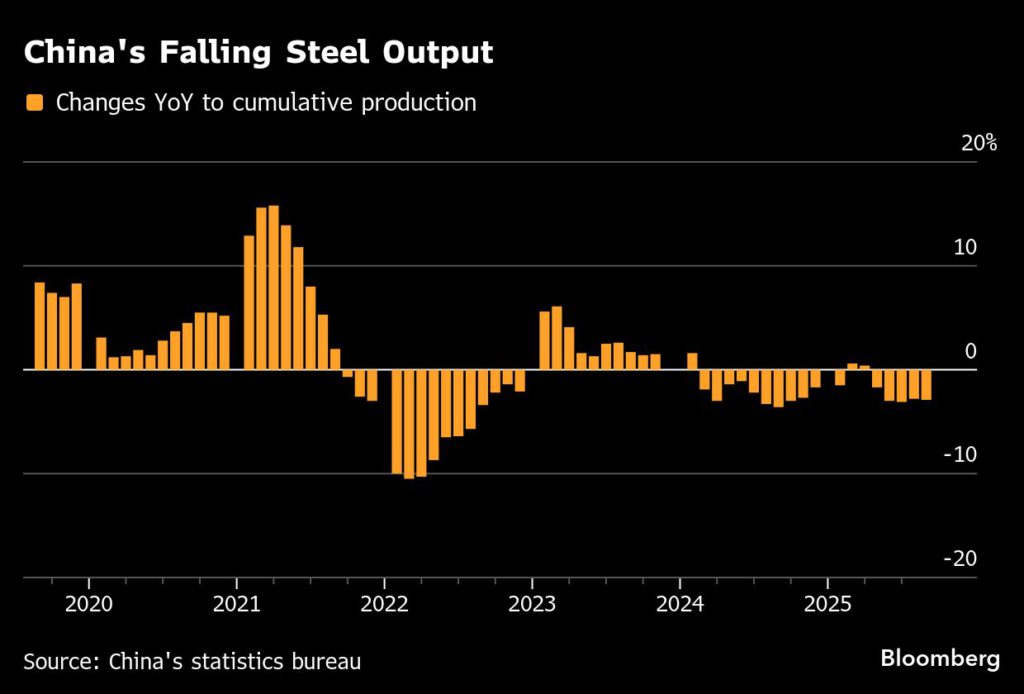Many years ago when i became a lawyer, I knew my work would be dedicated to justice for women .This led me to represent women at the workplace but also equally importantly within the family .
Women who were thrown out of the matrimonial home, women who were dependent homemakers, who created safe harbours in their homes but received no recognition for their labour, women who were compelled to have sex with their husbands and women deprived of custody to their children came to me asking the question: “What can I do to be able to live in a violence free home ?”
For a long time, I had no answer to this question except to say: “In all such situations, it was the men seeking a divorce and the women resisting it.” They resisted it not necessarily because they wanted to stay in the marriage, but because they knew that once divorced, they would be thrown out with empty hands. The stigma of being a divorced woman meant civil death.
It was then that I realised that “family law”, as a legal category, did not quite fit, or address, the issues at hand. The family was not necessarily a safe harbour for women. It was always regarded as a “man’s castle”. I also realised that different laws functioned in silos and there was no overarching norm to guide decision makers in how to deal with the situation, how to do justice . It was the vision of the Constitution of India and its embodiment of the rule of law with guaranteed rights that was missing from consideration in conflict situations and in decision making. In fact one judge of the Delhi High Court said that introducing constitutional law into family law was like introducing “a bull in a China shop”. He failed to realise that the bull was already there. Violence was the governing norm of the family, a privilege of the male.
It was the bull that had to be taken out of the China shop.
The family was not necessarily a safe harbour for women. It was always regarded as a “man’s castle”.
The inspiration
Years of working with women facing domestic violence in intimate relationships had informed me that what women wanted was freedom from violence, not an end to the relationship. They wanted a legal forum in which they could negotiate a violence-free space in their domestic spaces, in their shared households. They wanted a violence free future. It was this gap in the law that made me imagine the possibility of a law such as the Protection of Women from Domestic Violence Act, 2005.
In 1984, the Indian Penal Code was already amended to introduce Section 498A that made cruelty by a husband against his wife an offence. This was the first recognition of the fact that a man’s home was not his castle and it could be invaded by the law to prevent cruelty.
No doubt, it had several limitations: the cruelty, for instance, had to be such that it drove a woman to commit suicide. This approach has informed courts in ignoring violence against women in the matrimonial home in all forms except when they are on the verge of death. Worse, the law has been invoked only after the woman is dead. Elsewhere I have described this approach as “concern for the dead, condemnation for the living “
Cultural concepts of who is a perfect wife — one who follows the customs of karvaa chauth, never complains, works as a household slave with her labour invisibilised — continued to inspire decision making.
Beyond the final decision sending her husband to prison, criminal law offered her nothing .
Thinking a civil solutio
I saw the solution as being a civil law which addressed the felt needs of a woman. Women needed a violence-free home, equality and dignity. All this and more could be delivered by a civil law, one which addressed the woman and her needs while she was still alive and one which could prevent the violence .
For women, this question was particularly important since the only remedy available to them for stopping violence against them in a marriage was to file for divorce. The law had, therefore, to be a gendered law, available to be accessed by women in intimate relationships.
What is violence if not a legal injury caused to a person ? Why should it have no civil remedy?
For centuries we have been taught that there can be no right without a remedy. Section 9 of the Code of Civil Procedure appears to have been enacted to assure the people of the country that there is indeed a remedy for a legal wrong
This was the inspiration for drafting the Protection of Women from Domestic Violence Act as a civil law . It was the realization that while we have a simple remedy for violence against women, a preventive and a curative remedy, in order to stop violence, the challenge was essentially to define what is violence.
Any form of abuse, including physical, emotional, sexual, financial, or any denial of a right to which a person is entitled, is a civil wrong for which a civil remedy can be provided.
This country lacked a definition of what is violence despite being founded on the principle of non violence. It is often forgotten that domestic violence is both a civil wrong as well as a criminal wrong. Any form of abuse, including physical, emotional, sexual, financial, or any denial of a right to which a person is entitled, is a civil wrong for which a civil remedy can be provided.
Why domestic violence?
A few words about the choice of the word “domestic”. This word was intended to refer to intimate relationships. While violence is an ever-present phenomenon in our lives in the public domain and increasingly so, violence in intimate relationships is invisible and has a specificity of its own . It can be ignored or passed off as a peaceful circumstance in the matrimonial home .
There was no one to bear witness to domestic abuse but abuse is still abuse and needed to be stopped. The woman aggrieved is the only witness to abuse. It is only her word. And it was this desire to bring legitimacy to her word that was the inspiration for the law. A woman's word has been muted over centuries by patriarchy. It's almost just as if there is a presumption that women lie. And more specifically, women in intimate relationships lie. At the root of this presumption is the fear of the male partner of the woman, a fear which extends to knowing that at any point of time she can claim her right to dignity and to a claim on his financial assets.
Building on experience gained with criminal laws
The demand for non violence is amongst the most important demands that one human being can make upon another human being. This is how the law took shape in my mind. It began with talking to women who had faced violence in intimate relationships. Since 1984, ending violence against women was very much on the agenda of the women's movement. It was, as I said earlier, also the year in which Section 498A was introduced into the Indian Penal Code.
Back in 1984, organisations of women were set up all over the country to provide support services for women facing violence. These groups were located within civil society and in police stations to provide handholding to women facing domestic violence. The shame and stigma associated with reporting violence prevented women from seeking help. Once upon a time, personal problems were to be left confined to the closed box of marriage. The law had broken this muffling structure.
The gap in services was filled up by women's groups. Take for instance, an initiative by a team in Tata Institute of Social Sciences, Mumbai led by Anjali Dave through which a space was designated in police stations for qualified social workers. Whenever a woman approached the police alleging an offence of Section 498A, the police would divert them to this special unit who facilitated counselling, medical care or shelter care. Other groups all over the country had been set up to provide support services. By the early 2000s, the volume of experience acquired was tremendous.
Collectivising the campaign
The Lawyers Collective tapped into this experience for drafting The Protection of Women from Domestic Violence Act. There was a consensus of opinion that the law had to be a civil law. However, for ease of convenience, to bring the law closer to the community, and ease access, the implementation of the law was placed in the hands of Magistrates.These courts are more easily accessible and more numerous so that they could be available within community limits. That apart, courts could also take the help of the police to implement their orders and also use criminal procedures for civil relief.
Convincing the law makers
The challenge was to convince lawmakers and decision makers. We hit upon a plan of inviting high ranking members of the judiciary, including the sitting Chief Justice of India, to interact with members of civil society and women’s organizations. Those were the days when judges believed that they must live in ivory towers and had no need to interact with real people. Things have, no doubt, changed today with social media exposing us all to the perils of life and living .
The strategy of getting judges to interact with civil society had been tried and tested by the Lawyers Collective on the issue of challenge to Section 377 of the IPC (which criminalised homosexuality) . The HIV unit of the Lawyers Collective had successfully invited judges from other jurisdictions, who were gay, to interact with sitting judges in India, including those in the High Courts and the Supreme Court. It came as no surprise that with such interaction, bias against same sex relationships dissolved. We had sitting judges tell us in conferences “these people are as normal as you and me.”
That convinced them that to be gay was not a crime. It was moments like these which finally resulted in the decriminalisation of Section 377.
No woman initiates a case of domestic violence or of criminal action against her spouse or partner at the first such provocation. There is always hope things will change
The consensus achieved within the campaign
Coming back to the issue of domestic violence, a consensus was evolved between women's groups on critical issues such as the definition of domestic violence and the need for support services. Protection officers were visualised as “the eyes and ears of the Court”. It was as if the Court was reaching out to women rather than women coming to court with their grievances. The commissioners of the Court were expected to collect information which the woman herself could not. This was meant to be the outreach program of the court.
The Domestic Incident Report (‘DIR’) could be recorded either by protection officers or by service providers who were intended to be women's organizations. The DIR was visualised as the civil equivalent of an FIR. If nothing else, it provided an official record of the violence that women faced.
No woman initiates a case of domestic violence or of criminal action against her spouse or partner at the first such provocation. There is always hope things will change. Litigation is undertaken after long deliberation - it is like the last straw which breaks a camel's back. It is after exploring all forms of mediation and resolution. The DIR is simply a record of the violence reported by a woman and no more if she does not want to trigger litigation, a record of the violence self-reported by the woman lending credibility to her word in a court of law.
These are the various ways in which we attempted to democratise the law.
The critical breakthroughs
My experience of dealing with “family law” convinced me that we needed to break away from the use of words like the “matrimonial home “ and move to the more inclusive term, “ shared household “, a concept that expressed caring and sharing within a safe space. Moreover, by this time the women’s movement had come to the conclusion that natal violence against daughters also needed to be addressed. Hence all women in the shared household needed to be protected.
By far the most important provision of the law is the right to reside in the shared household, a right made available to all women of all communities regardless of religion, from being forcibly evicted from the home. India has no established social security network for homeless women and often their security is only the natal family to which they seek to return.
But not all natal families are welcoming and many believe that a daughter must only return dead from her husband’s home. Because a woman from a shared household could be thrown out of the shared household, there was a need for the due process of law.
Interestingly, when the law was first introduced under Atal Behari Vajpayee’s National Democratic Alliance government and sought to be enacted, the critical provision on the right to shared household was dropped from the law’s draft. By the time the standing committee came back with a report noting that the provision was required to be kept, the NDA government was no longer in power. The law, with the provision intact, was finally brought into force under the United Progressive Alliance government in 2006.
Given that the protection was to all women residing in the shared household, it was logical to take the next step, namely to protect women in live-in relationships. Hence we introduced the concept of women living in “relationships in the nature of marriage” being protected in the home.
This in my opinion is one of the most forward looking provisions of the law, given the pattern of relationships we see in India today, where women do not necessarily look for instant marriage and divorce is no longer seen as stigmatic to the extent that it was . The law took note of the prevalence of live-in relationships, and granted equal protection to women in such relationships.
This provision has been interpreted by courts to mean it covers women in stable relationships where conjugality, caring and sharing defines the relationship regardless of whether there is a marriage ceremony or not. This latter factor is irrelevant to the non violent behaviour expected from a partner and this is what the law aims to do.
A balance sheet of the law
Very few people may get a chance to see through a law from the drawing board all the way to where it stands twenty years later. I have been lucky to live through this process and it has been a satisfying one. We have come a long way from the understanding that a man’s home is his castle. If anything it is the castle of those who share a household and one that must be safe for all mothers, wives, daughters, and live-in partners.
What the courts do with the law is beyond our control but perhaps to some extent, lawyers who do advocacy for women (some of whose voices you will hear in this series) could still exercise a say . But for those of us who were on this journey to justice for women it has been an exhilarating journey, a success story.
Did we succeed in what we set out to do?
What is the balance sheet of the functioning of the law 20 years after its enactment?
A deeper analysis of the functioning of the Act is not the mandate of this introductory piece. However, it bears mentioning that the Lawyers Collective had, in October 2007, published a ‘Monitoring and Evaluation Report’ exactly one year after the coming into force of the Act. This exercise was kept up for five years and later dropped in the hope that it will be institutionalised. Sadly, it has not yet been institutionalised and the task continues to be shouldered by civil society in relation to several welfare legislations. Incidentally at the drafting stage, there was a clause on monitoring and evaluation which was dropped by the government.
What is the balance sheet of the functioning of the law 20 years after its enactment?
An answer to this question is difficult to provide at this stage. It would require extensive research, analysis and access to court orders - from the Magistrates Courts all the way up to the appellate courts, the High Courts and the Supreme Court of India. While some of this information is accessible, not all of it is. Trends could vary from state to state, depending on the legal culture in those states.
What is, however, clear is that women have embraced the law. accessed and used it.
What were the gains, hits and misses that we can think of without a detailed analysis?
Protection officers who were meant to be trained professional social workers and counsellors have never been appointed in any state in the country. Bureaucrats have been asked to double up to do this job as “additional charge”. The job is treated more as a record keeping job than a hand holding job, that of a friend in need. Judges have not accepted them as an outreach arm of the judiciary, part of their infrastructure, or their own fellow travellers in a common cause.
Service providers have grown from strength to strength. They have indeed influenced institutional change in the form of helping draft protocols by the Government of India, such as the Guidelines and Protocols on Medico-legal Care for Survivors/Victims of Sexual Violence, and Standard Operating Procedures for One Stop Centres, a resource centre for women affected by violence in public and private spaces.
Judges have not understood that this is a civil law, not a criminal one even though it is executed by Magistrates courts. This is evident from a recent judgment by Justice A.S. Oka of the Supreme Court where he held that a proceeding under the DV Act can be quashed under Section 482, of the CrPC, a procedure only available to criminal proceedings
But what of rights jurisprudence?
There is hardly any doubt that this is the first law in the country which gives to a woman - married or in a relationship similar to marriage (i.e. where conjugality is established), a stand alone right to reside in the shared household .
It is a notorious fact that often a man, despite being married without disclosing his marriage to another woman, purports to marry another contrary to the provisions of his personal laws.
Such women were also intended to be protected by the expression “relationship in the nature of marriage”. Unfortunately, this provision has been interpreted to mean that the man must be “free” to marry. Monogamy has been introduced into the meaning of the expression “ relationship in the nature of marriage”. The very purpose of distinguishing it from a marriage is lost.
Despite the language of the law, women in relationships outside marriage are referred to as “keep” and “concubine” indicating that judges , predominantly male, have not lost their moral judgment over women in live-in relationships and bring their morality to bear on judging women.
What we missed
It has been pointed out that the Act leaves out of consideration natal violence. This is not true. Any woman can file a complaint against a male relative in a domestic relationship living in the same shared household, including a sister against a brother . There have been several cases of daughters filing cases against parents demanding educational expenses where they are denied.
It is true that the law has not, in full measure, addressed the issue of same sex violence. This is because a conscious decision was taken that only a woman could file a case under this Act, not a man. There is no doubt that this is a limitation to this law and hopefully a time will come when this too will be dealt with. However, it needs recalling that there was a clear consensus that the law must not be gender neutral.
Surprisingly and thankfully, on the issue of shared household, the law, despite going through its ups and downs, did not fail. The Supreme Court has realised that it is one of the most fundamental rights guaranteed under this law.
What judges lack is not just sensitization but the very discipline of the law which mandates them to honour the letter of the law.
I have often argued that women in this country are less protected than tenants (against eviction) in that they could be pushed out of the home any time without any redress. This, the law has stopped. There have been complaints that courts have tended to give alternate accommodation instead of restoring women to the shared household. This is true.
To this I can only say that remedies must be tailored to meet specific situations. While some women may welcome the alternative accommodation, others may not.
The absence of political will
Very often I am told that the law is good but it is not “implemented”. To use words like “implementation “ in analysis is misplaced. I am also told that judges lack “sensitisation”. This is also misplaced.
The function of the law is to mandate, to compel. What judges lack is not just sensitization but the very discipline of the law which mandates them to honour the letter of the law. It is the letter of the law which is subverted under some warped notion of diversion of justice into the pathways of faked and forced togetherness, paying homage to the notion that life for a woman begins and ends with marriage, despite growing evidence to the contrary.
Judges have at times sent women back to violent homes with the admonition to respect their ‘sindoor’ and sometimes found them dead in the matrimonial home. I, myself, have represented parents of daughters who were forced back to the matrimonial home only to be sent back dead to their parents. Judges suffer from the delusion that every marriage is an ideal marriage and a failed marriage is better than no marriage .
Looking at reality in the face is not part of our judicial culture. After all, we are told, everything is ‘maya’, illusion. These cultural norms and habits of mind need to change to stop violence against women. Violence is a fact but it is equally a fact that women will no longer tolerate violence and demand equality before law and equal protection of laws. Is that asking for too much? To seek that an intimate partner treat a woman with dignity?
Non-violence is the founding faith of this nation. Non-violence is written into the Preamble to the Constitution of India and non-violence must be the guiding creed of every judge in this country.
Twenty years is a long time for a law to be in existence. It requires a careful evaluation. An audit of the judiciary remains an unmet need of civil society at all levels - be it the Magistrates Court, the District Court, the High Court or the Supreme Court. Until that day comes, I must sign off here to say that I have been fortunate enough to see this Act through from the drawing board, to people's homes. Something few people have been able to see in one lifetime. And I am grateful for that chance.
Courtesy: The Leaflet
